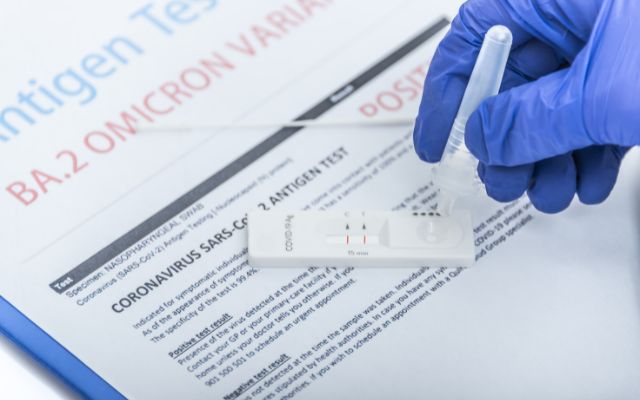The Radical Evolution of New Omicron Variable

The mutation that enables Radical Evolution of New Omicron Variable to elude antibodies isn’t always advantageous. For example, the spike protein can create the virus so unsteady that it can’t connect to a cell rapidly, but the virus may be enabled to present a new mutation that helps to stabilize the spike within somebody with a weakened immune system.
Radical Evolution Of New Omicron Variable
Bond didn’t believe identical mutations could collect in the same person until he created an omicron variation of the radical evolution spike proteins with the proper mix of mutations that enabled it to spread rapidly among healthy persons.
“There’s a riddle here that has to be solved,” said a virologist who contributed to the new research.
A coronavirus’s existence is littered with mutations. When a virus replicates within a cell, there’s a risk the cell will make a faulty copy of the virus’s genes. Many of these alterations would render new viruses useless in comparison to other viruses.
A virus can, nevertheless, benefit from a mutation. It may, for example, make the virus attach to cells more tightly or multiply more quickly. Viruses with a favorable mutation may be able to outcompete others.
In December 2020, British researchers were shocked to learn a new coronavirus variation in England that had 23 mutations not detected in the original coronavirus discovered in the year before in Wuhan.
That version, later dubbed Alpha, quickly swept the globe. Other fast-spreading variations emerged over the course of 2021. While some were restricted to specific countries or continents, the Delta variety, which had 20 unique mutations, displaced Alpha and took over as the dominant form during the summer.
Then there was Omicron, which had more than twice as many mutations. Dr. Martin as well as his team began recreating Omicron’s dramatic radical evolution as quickly as it was discovered by comparing its 53 alterations to other coronaviruses.
The fusion domain of Omicron, on the other hand, typically does something else. Instead of integrating with the cell membrane, the entire virus is swallowed up by a cellular sinkhole, which splits off to form a bubble within the cell. The virus can break free and release its genes once it has been trapped inside the bubble.
Read Also
This new infectious pathway could explain why Omicron isn’t as bad as Delta. Omicron is easily swallowed by cells in the upper airway in the form of bubbles. Coronaviruses must fuse to cells deep in the lungs, wherein Covid can inflict life-threatening harm, which radical evolution of the omicron does not perform effectively.
The success of Omicron of radical evolution appears to have hinged on these three sections of the spike. This makes it even more perplexing that these 13 mutations were so uncommon prior to Omicron.
The 13 spikes in the spike, for example, may not be beneficial to the omicron of radical evolution. However, Omicron’s achievement could be due to some other spike, and those 13 spikes could have been wandering within the radical evolution of omicron variation.
“I would be cautious in interpreting the data to suggest that all of these formerly detrimental mutations gained from adaptation,” Otto said.
Bond also conceded that his theory isn’t without flaws. For example, it’s unclear why Omicron of radical evolution would have benefited from the new “bubble” approach of accessing cells during persistent infection.
“We just don’t have any imagination,” Bond explained.
The study demonstrated the difficulties of recreating the virus’s history, even if it arises lately, according to James Lloyd-Smith, a disease ecologist at the University of California, Los Angeles, who was not involved in the study. He said, “Nature undoubtedly performs the thing that humbles us.”
Conclusion
The spike gene in Omicron contains 30 mutations. 13 of them were discovered to be extremely unusual in other coronaviruses, including their close viral cousins found in bats, according to the researchers. Some of the 13 were previously unknown in the millions of coronavirus genomes analyzed by scientists during the pandemic.
Disclaimer
The ideas and suggestions in this article are provided for general information only and should not be taken as medical advice. Before beginning any program or making any dietary changes, always consult your doctor or a dietitian.



